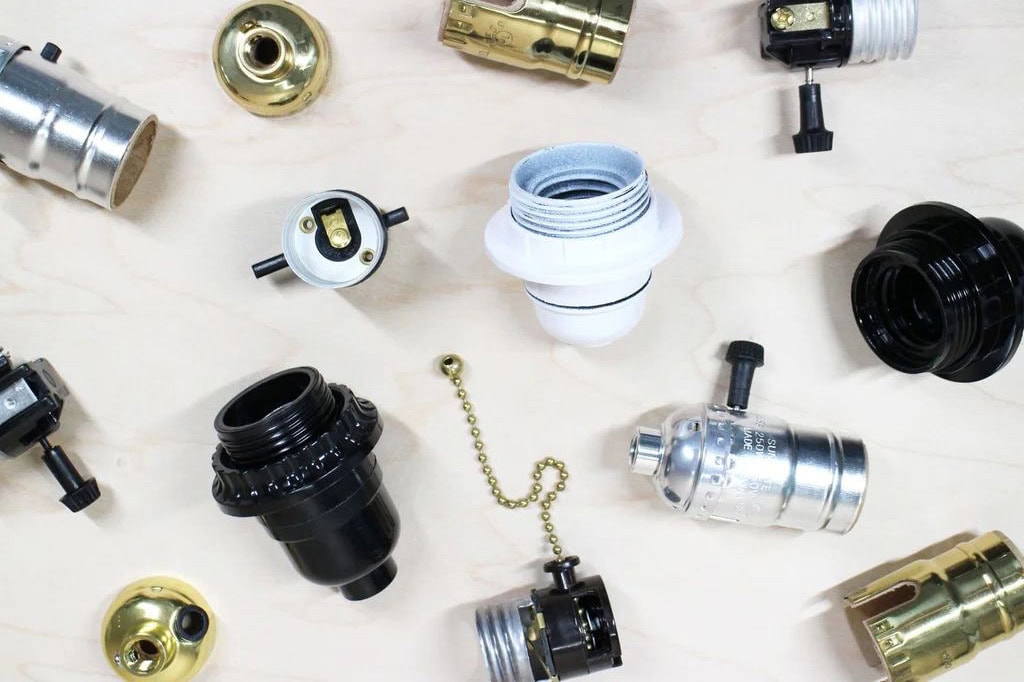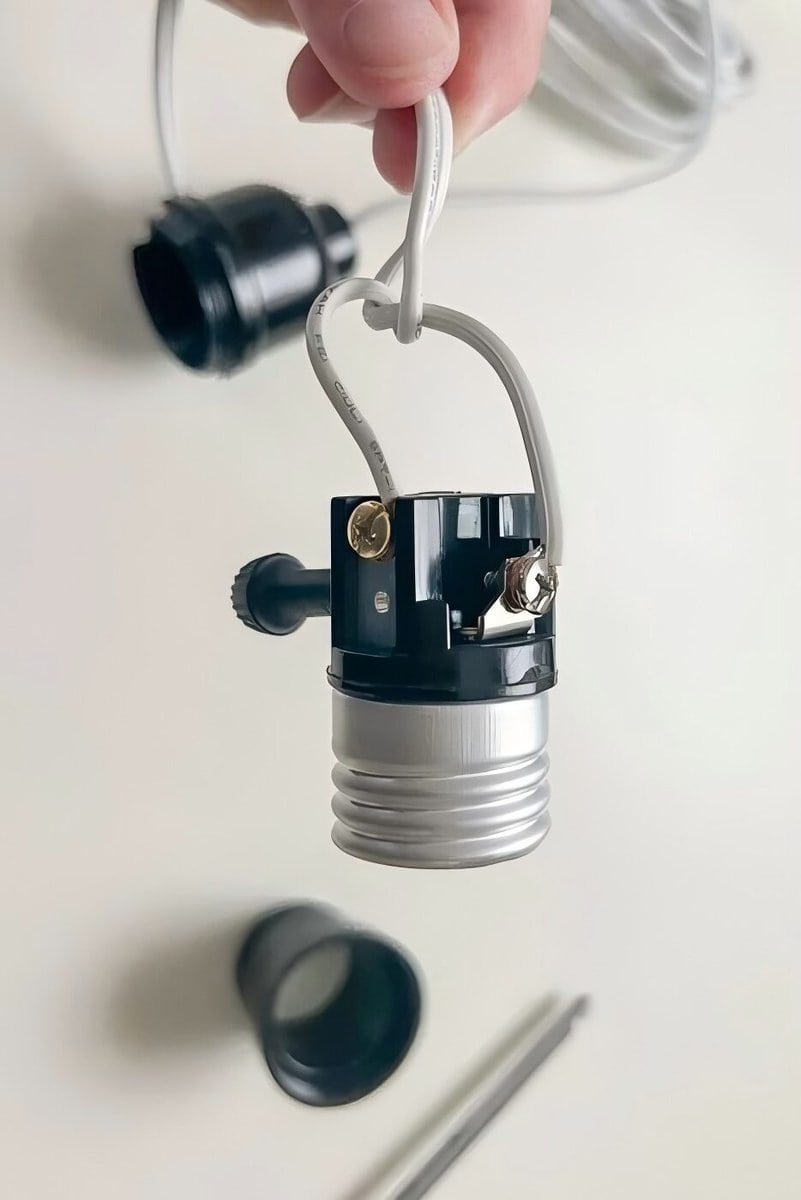If you put a 120-volt bulb in a 250-volt socket without knowing the consequences, you could damage equipment, create an electrical hazard or hurt yourself. You need to know the compatibility between bulbs and sockets for safe and efficient lighting.
No, using a 120-volt bulb in a 250-volt socket is unsafe and will likely cause the bulb to burn out immediately, potentially creating a fire or electrical hazard.

What Is the Difference Between 120V and 250V Bulbs?
Voltage measures the electrical force within a circuit, and each bulb type is manufactured to operate within specific voltage limits.
In a 120-volt bulb, the internal components, such as the filament or LED driver, are designed to handle that exact voltage range safely. In North America and Japan, 120-volt systems are the standard, and thus bulbs for household use in these regions are typically rated at 120 volts.
In contrast, 250-volt systems are more common in Europe and other parts of the world where the electrical grid supplies higher voltage to outlets and lighting fixtures. Bulbs rated at 250 volts can withstand the stronger electrical current present in these regions without burning out or overheating, but they require compatible 250-volt sockets to operate safely.
What Happens If You Use a 120V Bulb in a 250V Socket?
Using a 120-volt bulb in a 250-volt socket can have immediate and dangerous effects. A 120-volt bulb is not designed to handle the increased current from a 250-volt source, and the excessive voltage can cause the filament or other internal components to overheat rapidly.
In many cases, the bulb will burn out almost instantly, possibly resulting in a loud pop or visible spark as it fails. The higher voltage can also create electrical hazards, potentially leading to short circuits, socket damage, or fire if the installation lacks proper circuit protection. These risks make it unsafe to use a bulb in a socket with a voltage rating that significantly exceeds the bulb’s design. Thus, it’s essential to use the correct voltage bulb for each socket.

Voltage Compatibility and Conversion Options
For those with both 120V and 250V fixtures, voltage differences can sometimes be managed safely by using specific devices. Voltage converters or transformers are designed to step down the voltage from a 250-volt supply to a safe level for 120-volt bulbs, allowing them to operate without being overpowered.
However, using these devices requires an understanding of both the equipment and the voltage needs of the lighting system. Voltage converters must be rated correctly to handle the wattage of the light fixture and should be certified for safe use in home or commercial installations. Simply using a 120-volt bulb in a 250-volt socket without a converter is not recommended, as it does not address the voltage discrepancy. A safer and often simpler solution is to use bulbs specifically rated for each socket’s voltage, ensuring compatibility without the need for additional equipment.
Types of Bulbs That Can Handle a Range of Voltages
Some modern bulbs are designed with versatility in mind and can handle a range of voltage inputs. Universal or dual-voltage LED bulbs are an example, offering a safe lighting option for multiple regions and voltage ratings. LEDs, in particular, are generally more adaptable to fluctuations in voltage and often come equipped with built-in drivers to manage input differences.
This allows a universal LED bulb to operate in a range of voltages, from around 100 volts to 240 volts, making them ideal for travel or use in both 120V and 250V led sockets. However, even with these multi-voltage options, always consult the bulb specifications to confirm they can handle the specific voltage in your area, as not all LED bulbs are universal.
Key Safety Tips for Voltage Compatibility
Ensuring voltage compatibility between bulbs and sockets is essential for safe lighting practices. First, always verify the voltage rating on both the bulb and the socket before installation, and never attempt to force a bulb into an incompatible lamp socket. Checking the manufacturer’s specifications is also crucial, as they often provide details on safe operating voltage ranges and intended applications.
For those working with both 120V and 250V sockets, it’s wise to have voltage testers on hand to confirm the voltage of each fixture before installing a bulb. Avoid DIY electrical adjustments to make incompatible voltages work, as this can compromise safety and void any product warranties. Lastly, always adhere to local electrical codes and use certified equipment to prevent electrical issues or accidents.

Conclusion
Knowing the voltage compatibility between bulbs and sockets is important for safe and efficient lighting. Always check the voltage rating. Consider using universal bulbs or adapters when needed to avoid electrical hazards.













